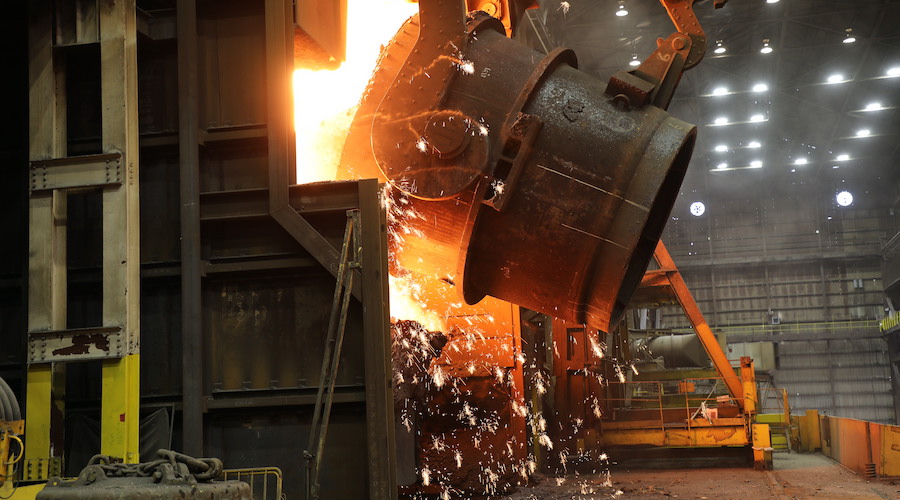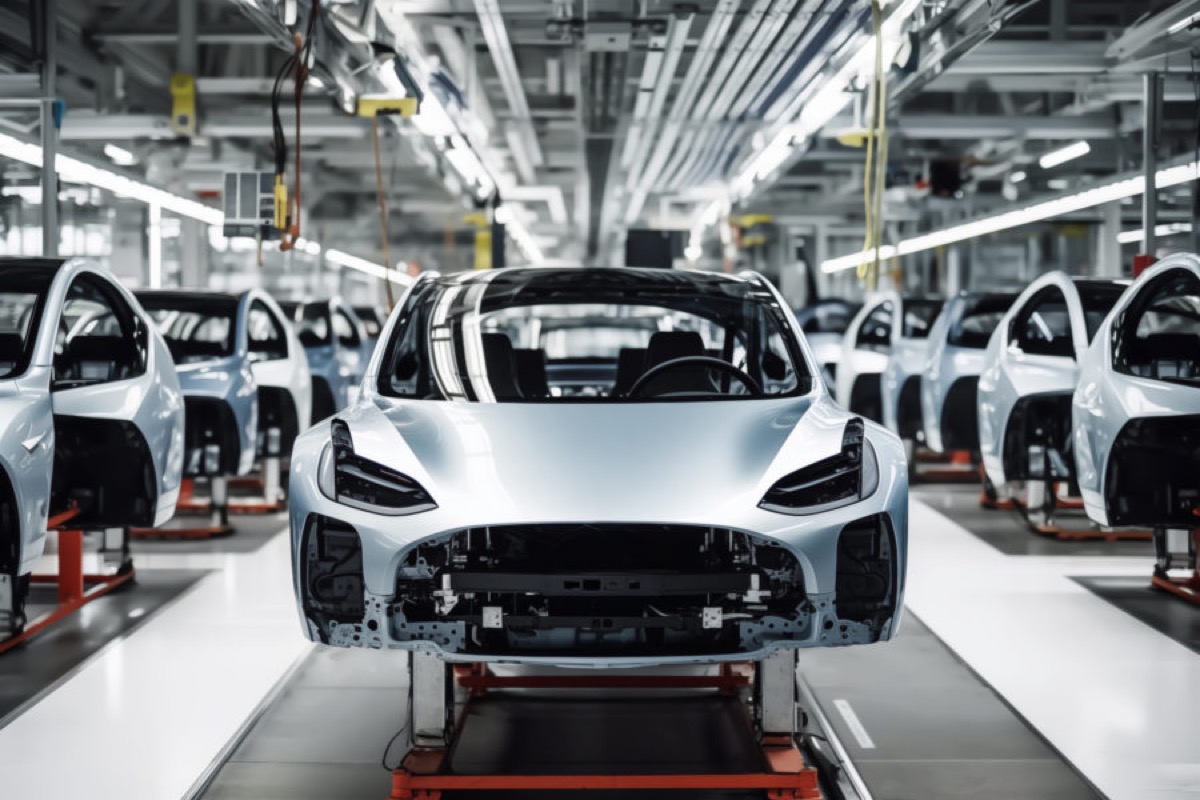What the world’s smartest bankers know about ‘unmitigated currency creation’
Article courtesy of Birch Gold Group
Appearing on CNBC’s Squawk Box this week, the ever-prescient Marc Faber was asked about a growing chorus of questions from the business community about the possibility of the Federal Reserve tapering what he terms “QE infinity”. His response? They’re asking the wrong question:
“The question is not tapering. The question is at what point will they increase the asset purchases to say $150 [billion], $200 [billion], a trillion dollars a month.”
Then later in the week, the latest jobs report was released – and it showed abysmal numbers, with employers adding a lackluster 148,000 jobs in September. Unemployment dipped to 7.2%, but this is mostly due to people leaving the workforce altogether rather than workers finding employment; it’s what has come to be known as the discouraged worker effect. To put in perspective just how anemic these job numbers are, consider that we need 8.3 million more jobs just to be able to say with a straight face that we have recovered. And then consider that these numbers are likely overly optimistic given that they don’t include data during the government shut down; in all likelihood, the numbers stand to get worse.
Recall that at the last Federal Reserve meeting, tapering was rejected because of unsatisfactory jobs numbers. Given that the latest report offers little hope that things are improving, Faber could very well be right that Quantitative Easing will not only continue for the foreseeable future, it will increase. As Faber pointed out, these sorts of misguided big government emergency measures never solve the problem they are implemented to solve, and so they never get abolished. The typical government response to failure is to deem that not enough is being done, so an escalation is required.
Not surprisingly, the markets were untroubled by the jobs report, and for these very reasons. It likely means QE is going nowhere for the time being. Not if the Fed board of governors want to see at least two strong jobs reports before a taper is even considered.
Gold is also up, and for the same reasons. If the Fed continues to pump money into the system, inflation is not far behind. Indeed, money creation is the true definition of inflation, and the Fed is doing plenty of that. Price increases are simply a symptom of the disease of inflation, one we will surely see once something – we don’t know what yet – triggers the influx of liquidity that banks are now hoarding to shore up their balance sheets. Once those waves of cash hit circulation, gold, precious metals, hard assets, etc – in other words, anything that is not basically just paper – will be a haven in the storm.
Last week, European Central Bank president Dr. Mario Draghi echoed that sentiment at Harvard’s Kennedy School of Government when asked why central banks would bother holding or hoarding gold. What good does it do anybody? It doesn’t earn interest unless perhaps you lease it out. Draghi responded very astutely by saying he never thought there was a good time to sell gold. He called it a “reserve of safety” from currency fluctuations and for that reason (among others), it was good to hold for countries that were not in the business of printing U.S. dollars. He went on to say that in the past ten years, those banks that had programs to liquidate their gold holdings did not have successful results, monetarily speaking.
Translated from banker-speak into English, this says that the smartest and most powerful bankers in the world know what the possible fallout of today’s emergency measures could be. They can see it, they understand that even though they are hopelessly addicted to the flood of liquidity, eventually the chickens could (and probably will) come home to roost. Gold is ultimately the best protection against the worst case scenarios of unmitigated currency creation. They know it. We know it.
More News
{{ commodity.name }}
{{ post.title }}
{{ post.date }}




Comments